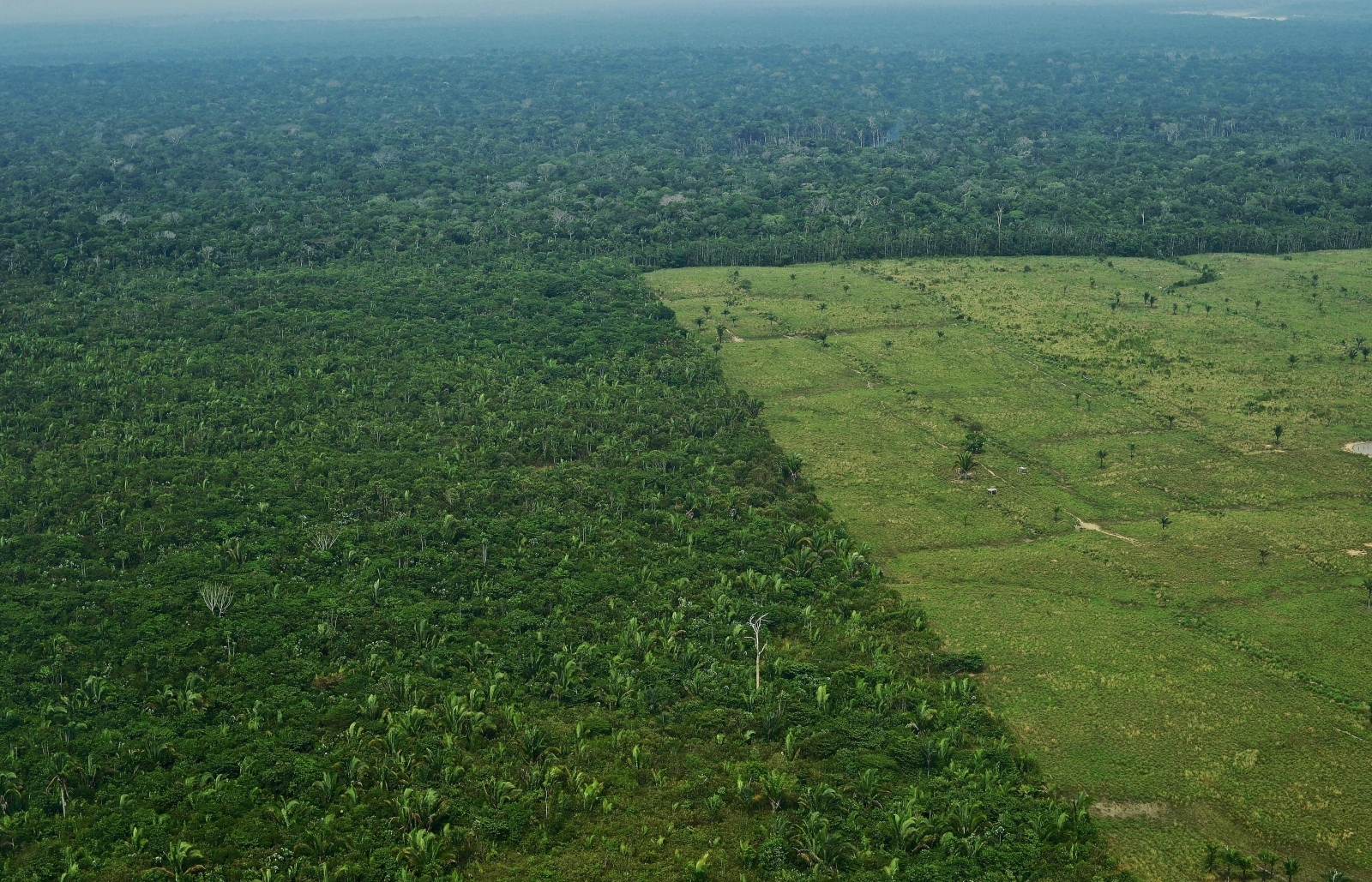Is it too late to save the Amazon rainforest? Scientists say it is reaching the 'point of no return'
Climate change could reportedly lead to over 50% of the Amazon rainforest transforming into a "degraded savannah".






The Amazon rainforest appears to be fast approaching a crisis point. Scientists reportedly believe that the forest will reach a "point of no return" if deforestation extends to 20% of its original area. In the event that this occurs, efforts to save the rainforest may be all in vain.
A new study has attempted establishing a clear "tipping point" for the forest, identifying what could lead the forest to reach a crisis point. The study explored the extent of deforestation the rainforest must experience before the forest's water cycle stops supporting its own ecosystems.
The new research is the work of Thomas E Lovejoy, a professor in the department of environmental science and policy at George Mason University and Carlos Nobre, a member of the Brazilian Academy of Sciences and senior fellow of World Resources Institute Brazil.
"If the climate changes - by deforestation or global warming - there's a risk that more than 50% of the Amazon forest becomes a degraded savannah," Nobre told Euronews. "The fact that deforestation continues is a bit of a demonstration of the difficulty, or almost bankruptcy, of representative democracy in our South American countries. Representative democracy no longer functions in Brazil because the will of most of the Brazilian population to preserve the Amazon, it has no correspondence in the political actions that we see emanating from Brasilia, emanating from the Brazilian states."
According to the scientists, in the past 50 years, the deforestation has already reached around 17% of its vegetation. It would take just the remaining 3% to propel the rainforest into becoming completely unsalvageable.
"We believe that negative synergies between deforestation, climate change, and widespread use of fire indicate a tipping point for the Amazon system to flip to non-forest ecosystems in eastern, southern and central Amazonia at 20-25% deforestation," the scientists wrote in the new study, published in the journal Science Advances.
The researchers said that various major droughts and floods that have previously affected the Amazon rainforest, "suggest that the whole system is oscillating". For the past 20 years, southern and eastern Amazon regions have experienced steadily increasing dry spells. The researchers believe that warmer sea surface temperatures over the tropical North Atlantic are likely linked to the drastic changes on the region.
Apart from completely destroying the Amazon rainforest, deforestation and the resulting degradation of the water cycle could also drastically impact South America's human population.
However, the Amazon Rainforest still has time and human intervention could help save it from its doom.
"We believe that the sensible course is not only to strictly curb further deforestation, but also to build back a margin of safety against the Amazon tipping point, by reducing the deforested area to less than 20%, for the commonsense reason that there is no point in discovering the precise tipping point by tipping it," the scientists said.






















